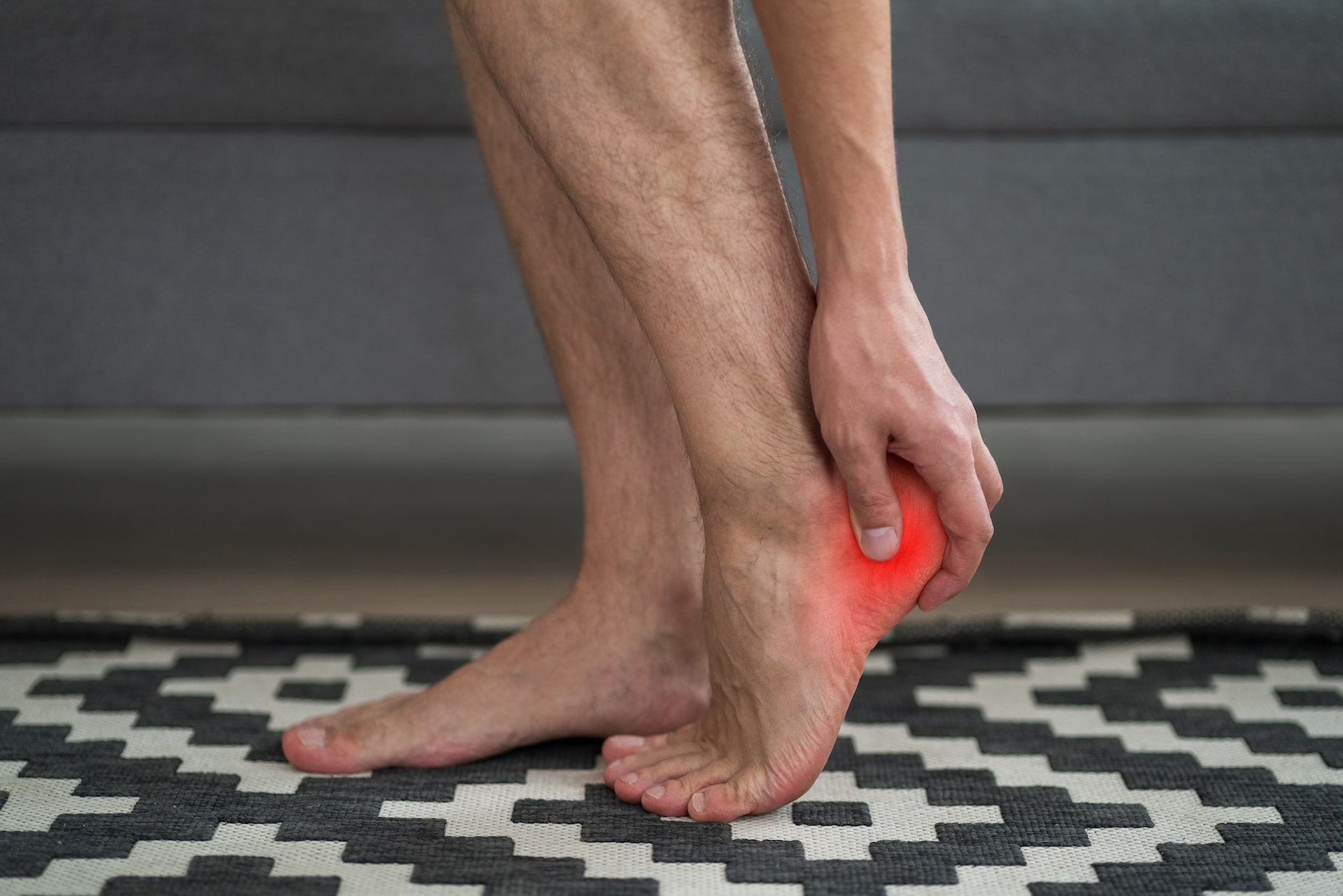Do you need bunion surgery?
In many cases, bunions are manageable through a number of non-surgical interventions. Choosing the right footwear (allowing your toes ample room and passing on the high heels) can greatly help. Using shoe inserts, splints, steroids, and pain medications can also alleviate discomfort and pain while preventing the condition from getting worse.
However, none of these treatments will reduce or reverse a pre-existing bunion. And when bunions start causing extreme pain and/or interfering with daily activities, your doctor may recommend surgery.
Bunion surgery is not performed for cosmetic reasons because — like all surgeries — it has a risk of complications. These include infection, side effects from medication, recurrence, nerve damage leading to decreased or altered feeling in the toe, a shorter big toe, stiffness or restricted movement, chronic swelling and/or pain, arthritis or an alternate degenerative joint disease, and the development of calluses.
The many types of bunion surgery
There are more than 100 different kinds of bunion surgery, and the specifics of your condition will dictate which is right for you. In some instances, multiple procedures may be performed simultaneously.
Typically, bunion surgery involves restoring normal alignment to the big toe joint by removing or adjusting the bone and surrounding soft tissue. Your surgeon will create an incision at the top or side of your big toe and may also use hardware, such as screws, plates, and wire, to keep bones in place following the surgery.
Performed as an outpatient procedure, bunion surgery typically takes 30 to 45 minutes, and is usually performed under IV sedation along with a local anesthetic.
Post-bunion surgery recovery
The extent of your recovery depends on the type of surgery, and can range anywhere between six weeks and six months. In cases involving significant soft tissue and bone, healing can take as long as a year. If your surgery involves pins that stick out of your foot, these will need to be removed three to four weeks after surgery. Depending on your situation, you may be non-weight-bearing or partial weight-bearing for a period of time. In other cases, special footwear is required.
Bunion surgery may not completely eliminate your pain, but it can significantly reduce discomfort while improving mobility. And while it will take some time for the swelling to go down and the incision to heal, your toe is likely to look more normal following the surgery than it did at the onset. (Again, appearance alone does not precipitate the need for surgery.)
Because bunion surgery varies depending on the specifics of each case, your doctor and healthcare team are an invaluable resource when it comes to understanding your surgery. Kansas City Foot Specialists, P.A., offers patient-centered foot care designed to help you minimize pain and maximize quality of life.



